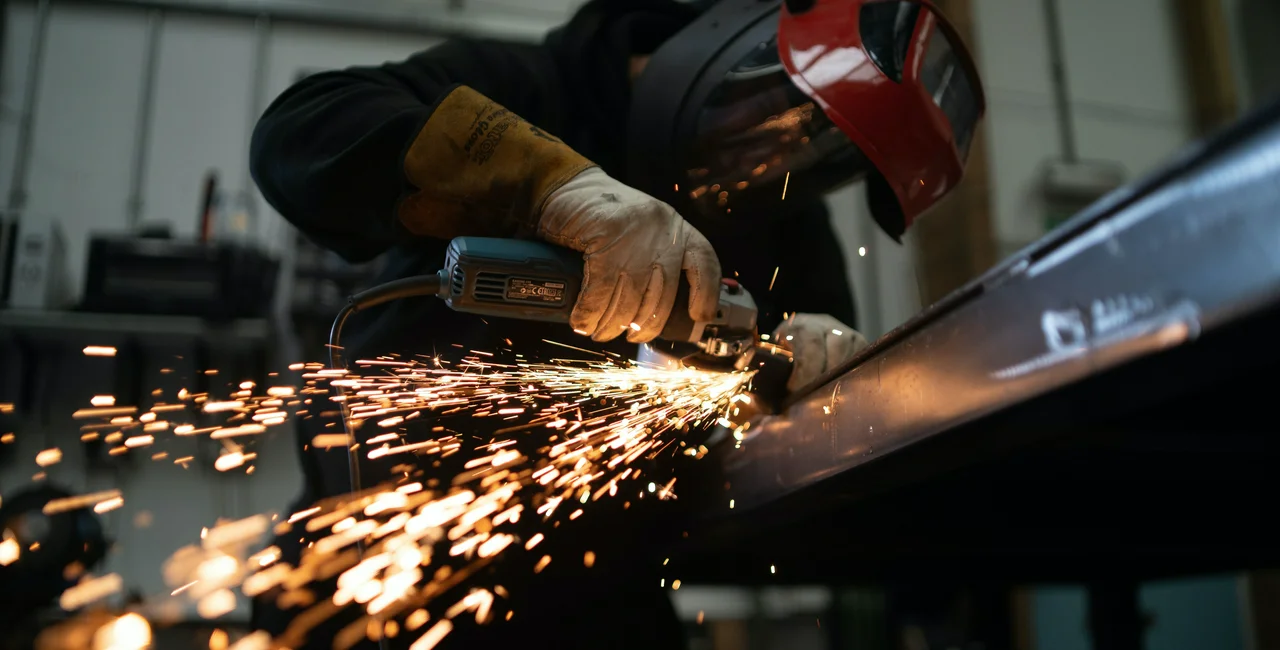The Covid pandemic dealt a huge blow to Europe’s economies, but shoots of recovery are now emerging. The Czech economy grew by 8.2 percent in the second quarter of 2021 compared to the same period last year. Gross domestic product (GDP) has also grown, reflecting greater levels of economic activity in society.
Nonetheless, the Czech Republic is recovering from the pandemic more slowly than neighbors such as Slovakia and Poland, driven in part by the still lackluster performance of the automotive industry.
Czech GDP also grew by less than the EU average. The bloc as a whole saw a healthy two percent increase in GDP in Q2, whereas the Czech Republic only saw an increase of one percent. This means that although economic activity such as purchases, investments and exports are growing, the Czech economy is still seeing a greater degree of caution than other economies.
The EU’s GDP growth followed two consecutive quarters of decline, and fueled a 0.5 percent rise in employment with strong growth expected to continue in Q3. Spain and Italy posted the bloc’s biggest GDP rises of 2.8 percent and 2.7 percent respectively.
The Czech government has put a brave face on the country’s slow economic recovery. “New figures confirm the dynamic recovery of the economy after the loosening of anti-epidemic measures,” said Minister of Finance Alena Schillerová to Lidovky.cz. “In its August forecast, the Ministry of Finance expects growth of 3.2 percent for the whole of this year and one percentage point more next year,” she added.
It is thought a greater level of economic growth will become evident when Q3 figures including the busy summer months are published. Yet the particular nature of the Czech economy leaves it vulnerable to a slower recovery than other EU nations. Prague continues to suffer from a lack of foreign tourists, while the country’s reliance on heavy industry is hampering its recovery.
Industrial output fell across the EU in June and May. A lack of raw materials due to global logistical difficulties poses a serious problem for major automotive companies operating in the Czech Republic, such as Škoda and Hyundai. Experts fear logistical issues brought on by the pandemic are unlikely to be resolved soon and will continue to affect Czech manufacturers as well as real estate developers.
The nature of the Czech economy, geared towards industry and tourism, means the country’s growth also lags behind neighbors such as Slovakia and Poland. Slovakia’s GDP grew by two percent in Q2, while Poland’s grew by 1.9 percent. Fellow Visegrád Four member Hungary meanwhile saw growth of 2.7 percent, among the highest in the EU.
In July, the European Commission approved the Czech Republic’s National Recovery Plan, allocating CZK 180 billion to the country from the EU’s Resilience and Recovery Fund. “This money will be invested into the much-needed restart of our economy after the coronavirus pandemic as well as into the more wide-ranging modernization of EU industry and the quality of life of our citizens,” said Prime Minister Andrej Babiš.
Funds within the National Recovery Plan will be distributed according to six pillars of the Czech economy. In helping sectors from health to digital transformation and physical infrastructure, it aims to provide a boost to as wide a sweep of the economy as possible, hastening the nation's path to full recovery.












 Reading time: 2 minutes
Reading time: 2 minutes 




 English
English
 Spanish
Spanish
 Italian
Italian
 Swedish
Swedish
 French
French
 Norwegian
Norwegian
 Polish
Polish




















